
PAULO DU'SANCTUS
Paulo du’Sanctus (1982, Jundiaí - SP, based in São Paulo) is an artist who works primarily with painting on various supports. His research/production focuses on themes related to his raciality, a tribute to his origins. The artist has a degree in journalism and uses research, fact-checking, and data as the basis for the development of his series, which stem from indignation at Brazilian historical, social, and cultural issues. His works tell and retell history and record the present in the form of art.
The artist is a founding partner of the Ateliê Casarão in the Ipiranga neighborhood and has works in the collections of institutions such as Museu do Ipiranga.
Paulo du’Sanctus (1982, Jundiaí - SP, based in São Paulo) is an artist who works primarily with painting on various supports. His research/production focuses on themes related to his raciality, a tribute to his origins. The artist has a degree in journalism and uses research, fact-checking, and data as the basis for the development of his series, which stem from indignation at Brazilian historical, social, and cultural issues. His works tell and retell history and record the present in the form of art.
The artist is a founding partner of the Ateliê Casarão in the Ipiranga neighborhood and has works in the collections of institutions such as Museu do Ipiranga.



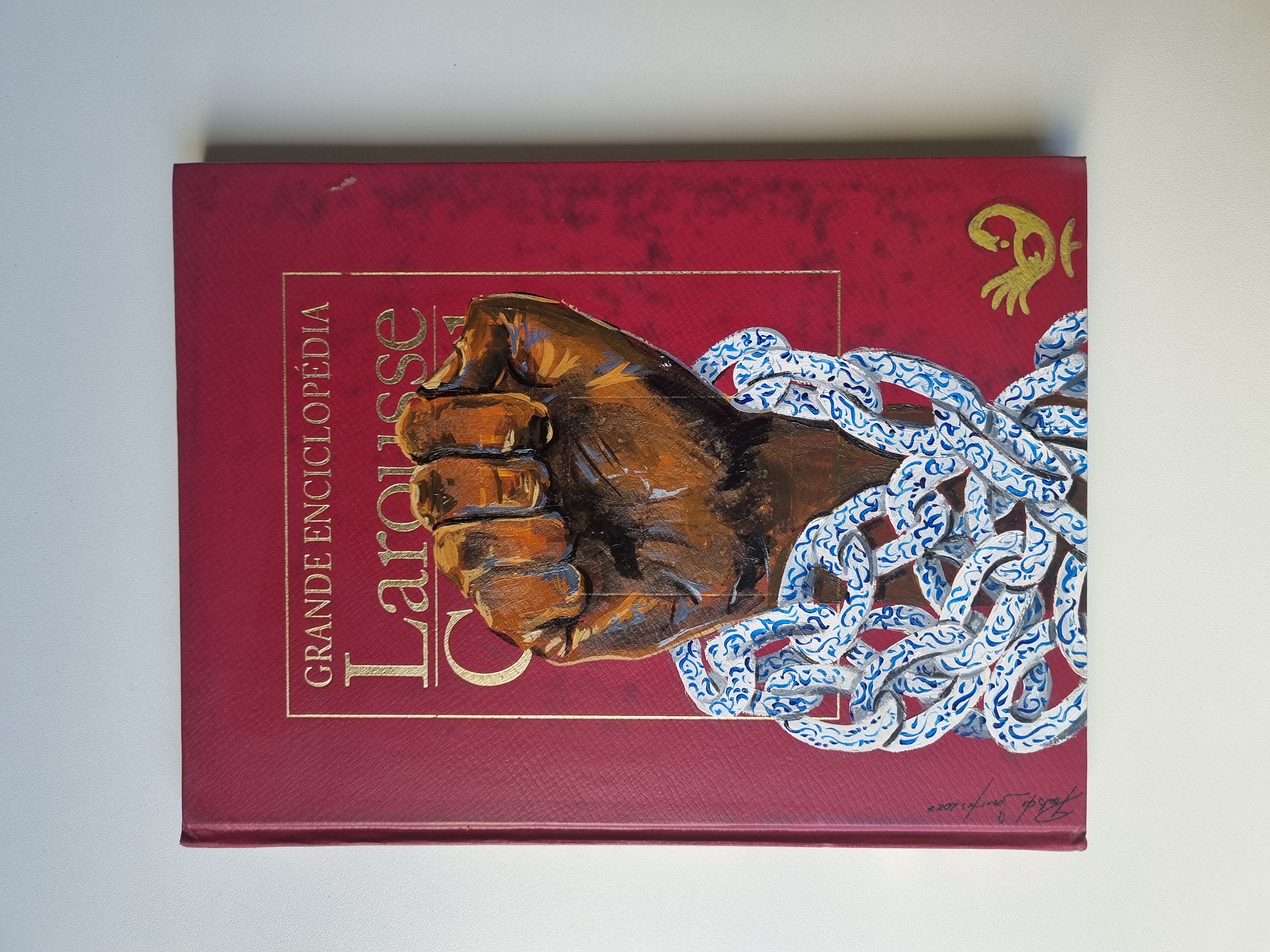

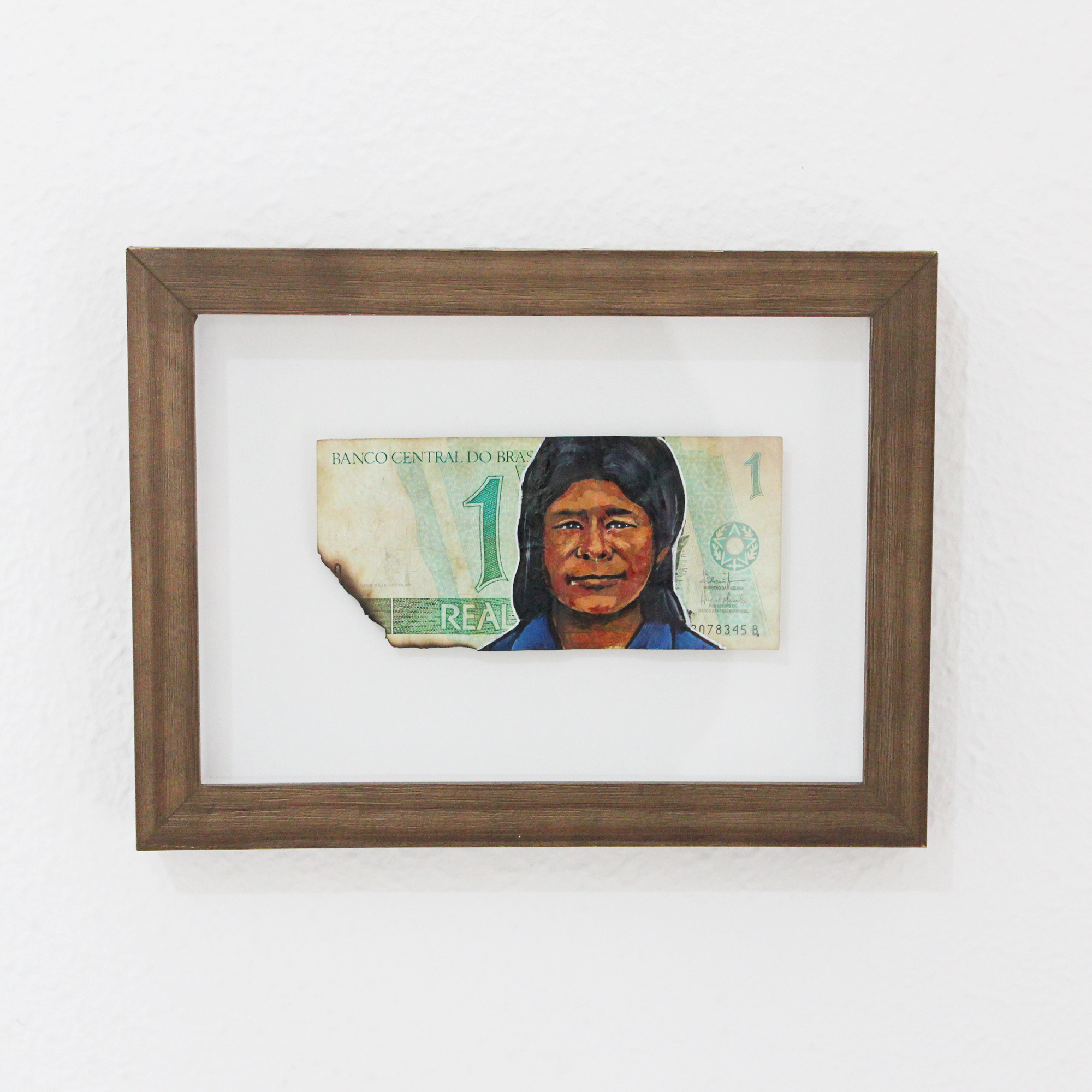

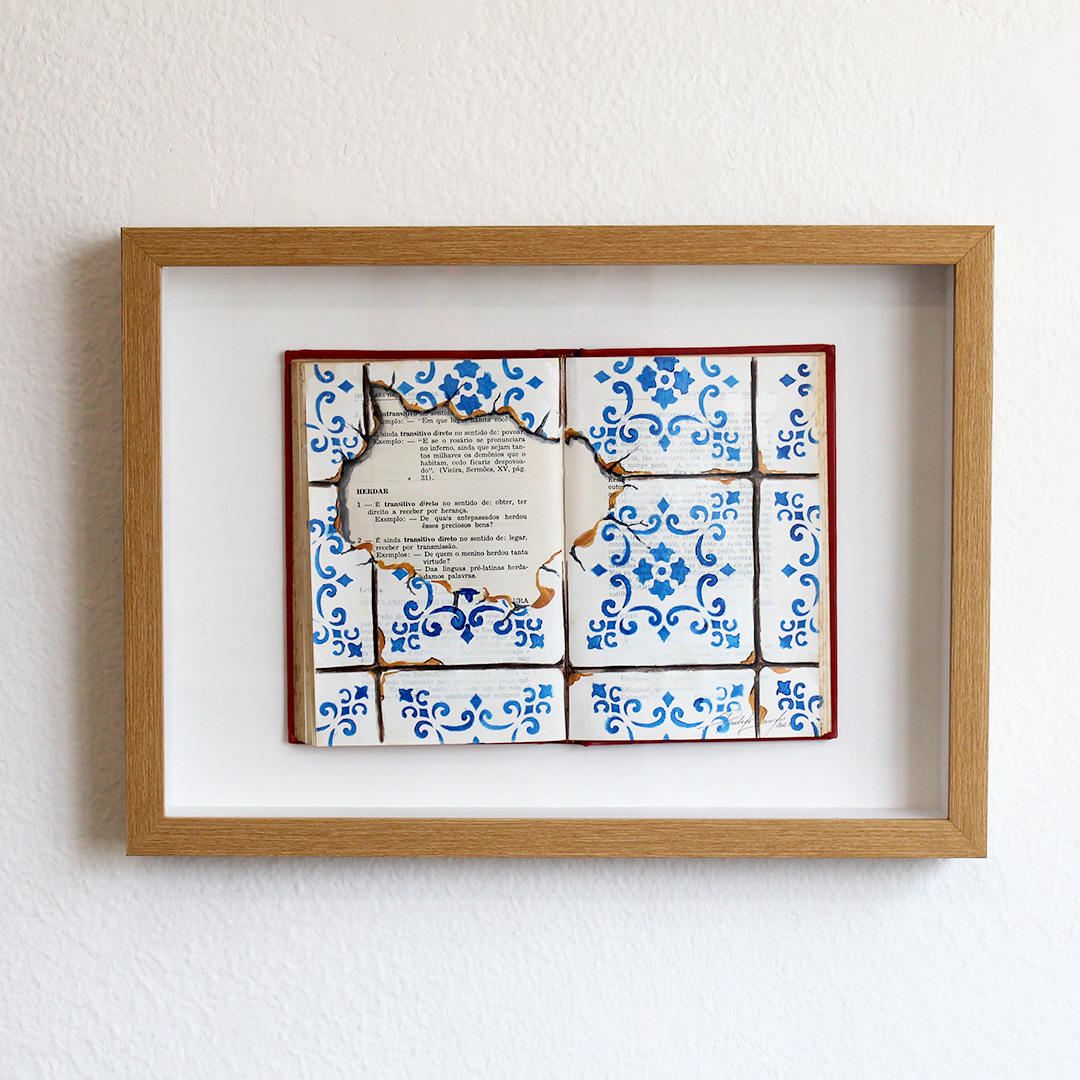

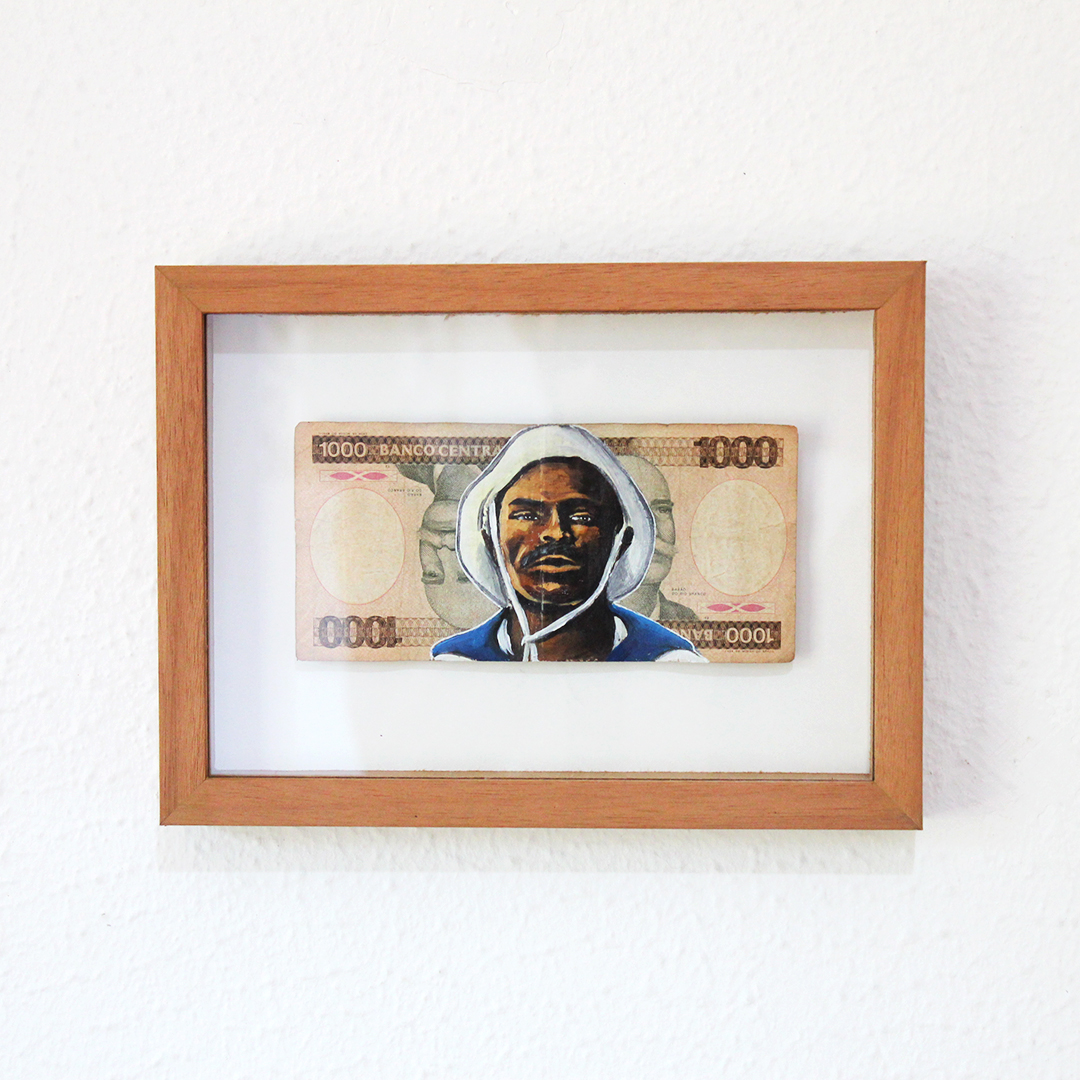


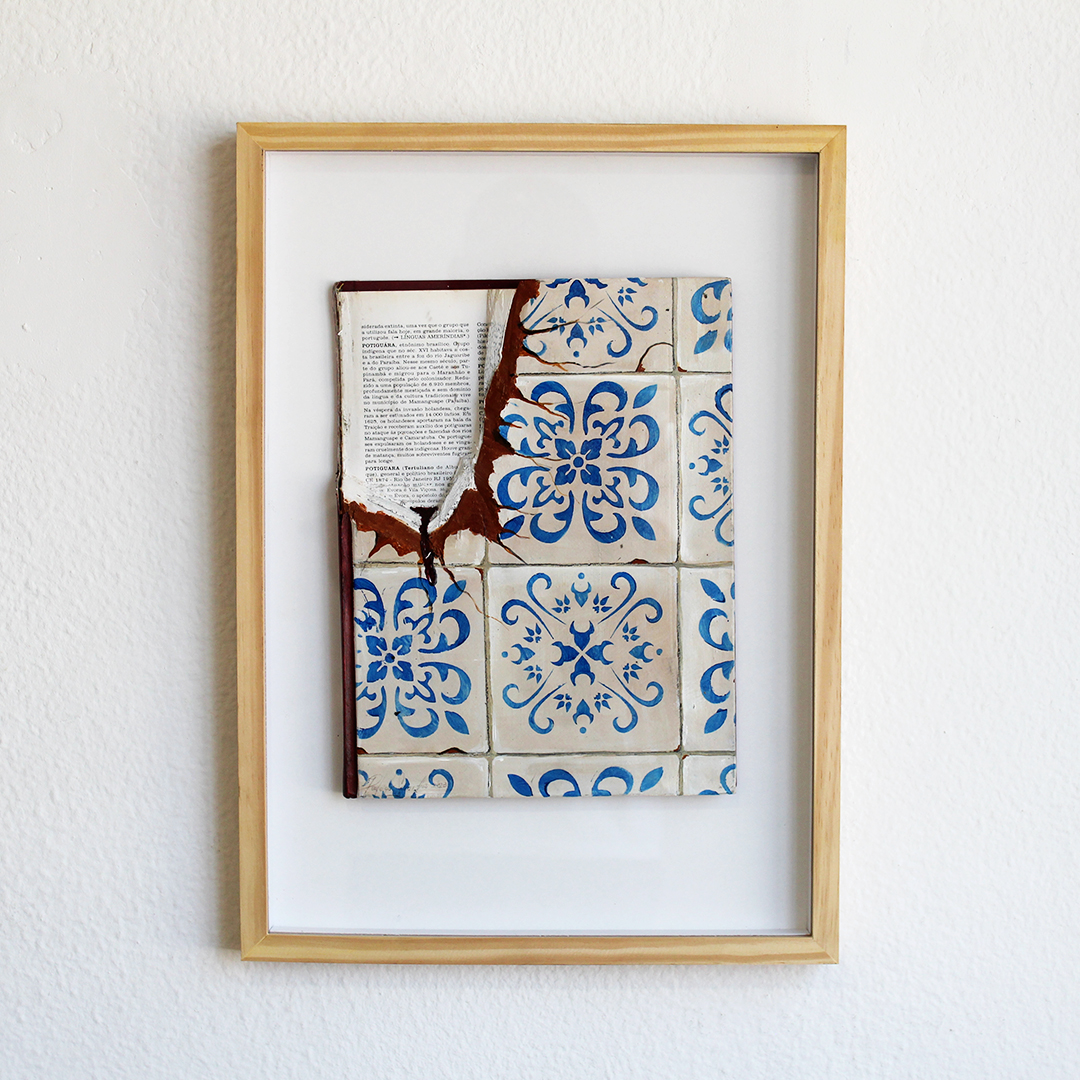

"Aware of social statistics, Paulo expresses a sensitive rationality in which he defends the fundamental presence of Santa Anastácia, Cartola, Lia de Itamaracá, Emanoel Araújo, Castro Alves, Luís Gama, Carolina Maria de Jesus, and many other personalities of Brazilian cultural anthropology. While his generation affirms freedom as if there were no pioneering past, he rescues libertarian action in Brazilian art. His affinity with the work of Adriana Varejão is inevitable, especially the beginning of the artist's path; both revisit the painter Pedro Américo and the quartered Tiradentes, agreeing in common on the reconstruction of Brazilian history without colonialist hegemony in painting.
But something differentiates him in his psychic trail-path of Rio do Pires, Ibiajara, Paramirim, and Santa Maria do Ouro, which concealed the Discovery of gold in southern Bahia in the 18th century. Paulo du’Sanctus resorts to his African ancestry and tears from his own skin the tiles that, once removed from his body and from all its geographical scope, reveal the rich identity of an artist who, in unveiling himself, denounces the perverse and continuous concealment of the soul and culture of villages that, like Santa Maria do Ouro, have covered up the phenomenon of an institutionalization that suppresses and erases the history of generations over time."
Saulo di Tarso
But something differentiates him in his psychic trail-path of Rio do Pires, Ibiajara, Paramirim, and Santa Maria do Ouro, which concealed the Discovery of gold in southern Bahia in the 18th century. Paulo du’Sanctus resorts to his African ancestry and tears from his own skin the tiles that, once removed from his body and from all its geographical scope, reveal the rich identity of an artist who, in unveiling himself, denounces the perverse and continuous concealment of the soul and culture of villages that, like Santa Maria do Ouro, have covered up the phenomenon of an institutionalization that suppresses and erases the history of generations over time."
Saulo di Tarso
Paulo du’Sanctus (1982, Jundiaí - SP, based in São Paulo) is an artist who works primarily with painting on various supports. His research/production focuses on themes related to his raciality, a tribute to his origins. The artist has a degree in journalism and uses research, fact-checking, and data as the basis for the development of his series, which stem from indignation at Brazilian historical, social, and cultural issues. His works tell and retell history and record the present in the form of art.
